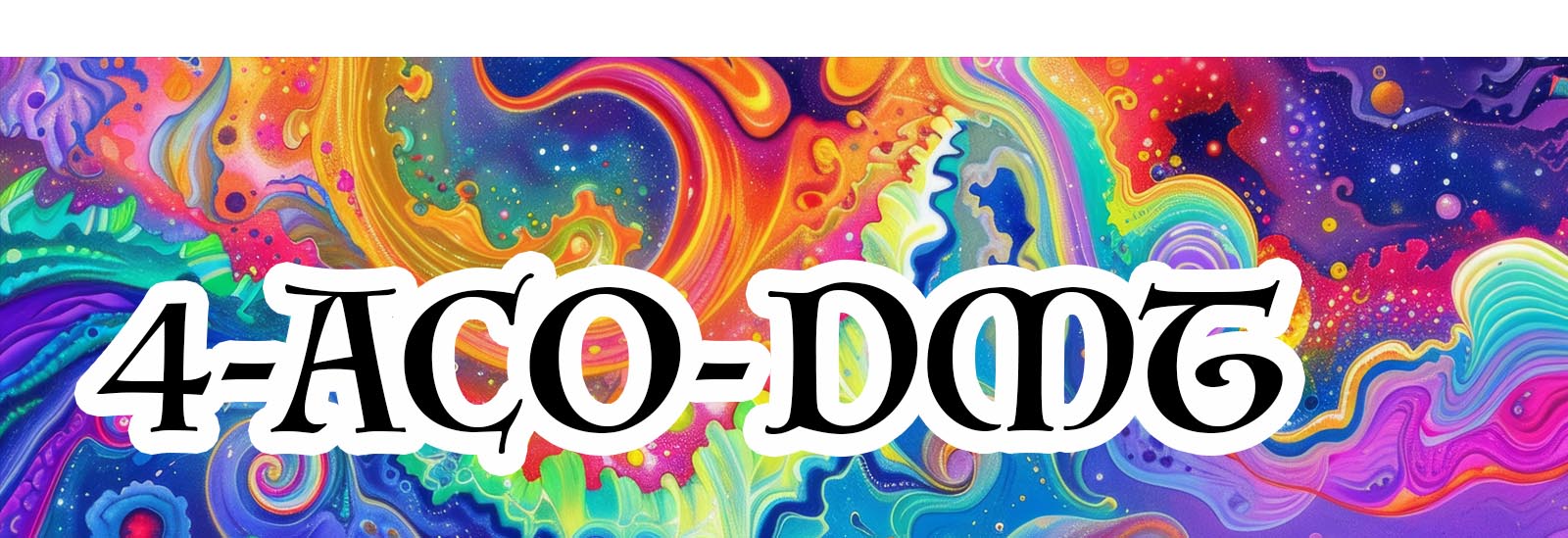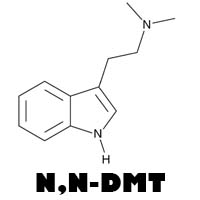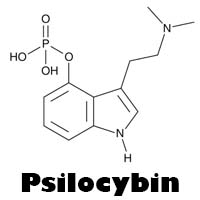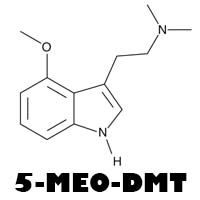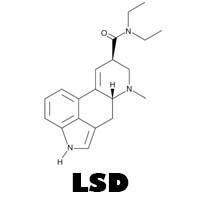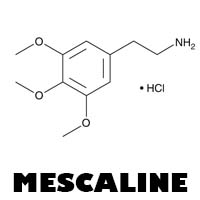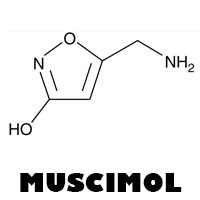History of 4-AcO-DMT
4-AcO-DMT, also known as 4-Acetoxy-N,N-dimethyltryptamine or psilacetin, is a synthetic psychedelic compound. It was first synthesized by Albert Hofmann and Franz Troxler at Sandoz Laboratories in the early 1960s. Although it was not extensively studied at the time, it has since gained popularity in the psychedelic community for its similarity to psilocybin, the active ingredient in magic mushrooms.
4-AcO-DMT is considered a prodrug of psilocin, meaning it is metabolized into psilocin in the body. This transformation allows it to produce similar effects to those of psilocybin mushrooms. Despite its synthetic nature, 4-AcO-DMT is often used in the same contexts as natural psychedelics, such as for spiritual, recreational, and therapeutic purposes.
Interest in 4-AcO-DMT has grown in recent years due to its potential benefits and unique properties. However, it remains a research chemical, and its legal status varies by country. Research into its effects and therapeutic applications is ongoing.
Molecular Makeup of 4-AcO-DMT
4-AcO-DMT, or 4-Acetoxy-N,N-dimethyltryptamine, is a synthetic tryptamine with the chemical formula C14H18N2O2. Its molecular structure can be described as follows:
- Chemical Name: 4-Acetoxy-N,N-dimethyltryptamine
- Molecular Weight: 246.31 g/mol
- Structure:
- 4-AcO-DMT has an indole ring structure, similar to other tryptamines like psilocin and DMT.
- The molecule includes an acetoxy group (-OCOCH3) attached to the 4-position of the indole ring.
Effects of 4-AcO-DMT
4-AcO-DMT is known for its profound psychedelic effects, which can vary widely based on dose, environment, and individual physiology. Common effects include:
- Visual and Auditory Hallucinations: Enhanced colors, patterns, and shapes, as well as auditory distortions.
- Altered Perception of Time and Space: Time may appear to slow down or speed up, and spatial awareness may become distorted.
- Enhanced Sensory Perception: Increased sensitivity to light, sound, and touch.
- Emotional Intensity: Heightened emotions, which can range from euphoria to anxiety.
- Spiritual Experiences: Feelings of interconnectedness, transcendence, and profound insights.
- Cognitive Effects: Changes in thought patterns, including creativity, abstract thinking, and altered sense of self.
Typical Dosage
4-AcO-DMT is typically consumed by ingestion. Dosages are measured in milligrams (mg):
- Threshold Dose: 5-10 mg (light effects, subtle changes in perception)
- Low Dose: 10-20 mg (mild to moderate psychedelic effects)
- Common Dose: 20-40 mg (full psychedelic effects, intense hallucinations)
- High Dose: 40-60 mg (strong and often overwhelming effects)
- Very High Dose: 60+ mg (extremely intense and often difficult to manage)
The onset of effects typically begins within 20-40 minutes after ingestion, peaking at around 1-2 hours, and can last 4-6 hours or longer, depending on the dose and individual metabolism.
Safety and Considerations
Due to its powerful effects, 4-AcO-DMT should be used with caution. It is important to:
- Set and Setting: Ensure a safe, comfortable environment and a positive mental state.
- Dose Awareness: Start with a lower dose to gauge individual sensitivity.
- Presence of a Sober Guide: Having a trusted person who is not under the influence can help manage potential negative reactions.
- Legal Status: Be aware of the legal status of 4-AcO-DMT in your country or region.
Research on 4-AcO-DMT is ongoing, with studies exploring its potential therapeutic benefits, particularly in the treatment of mental health conditions such as PTSD, depression, and anxiety. However, due to its potent psychoactive nature, it remains a research chemical and is not widely approved for medical use.
